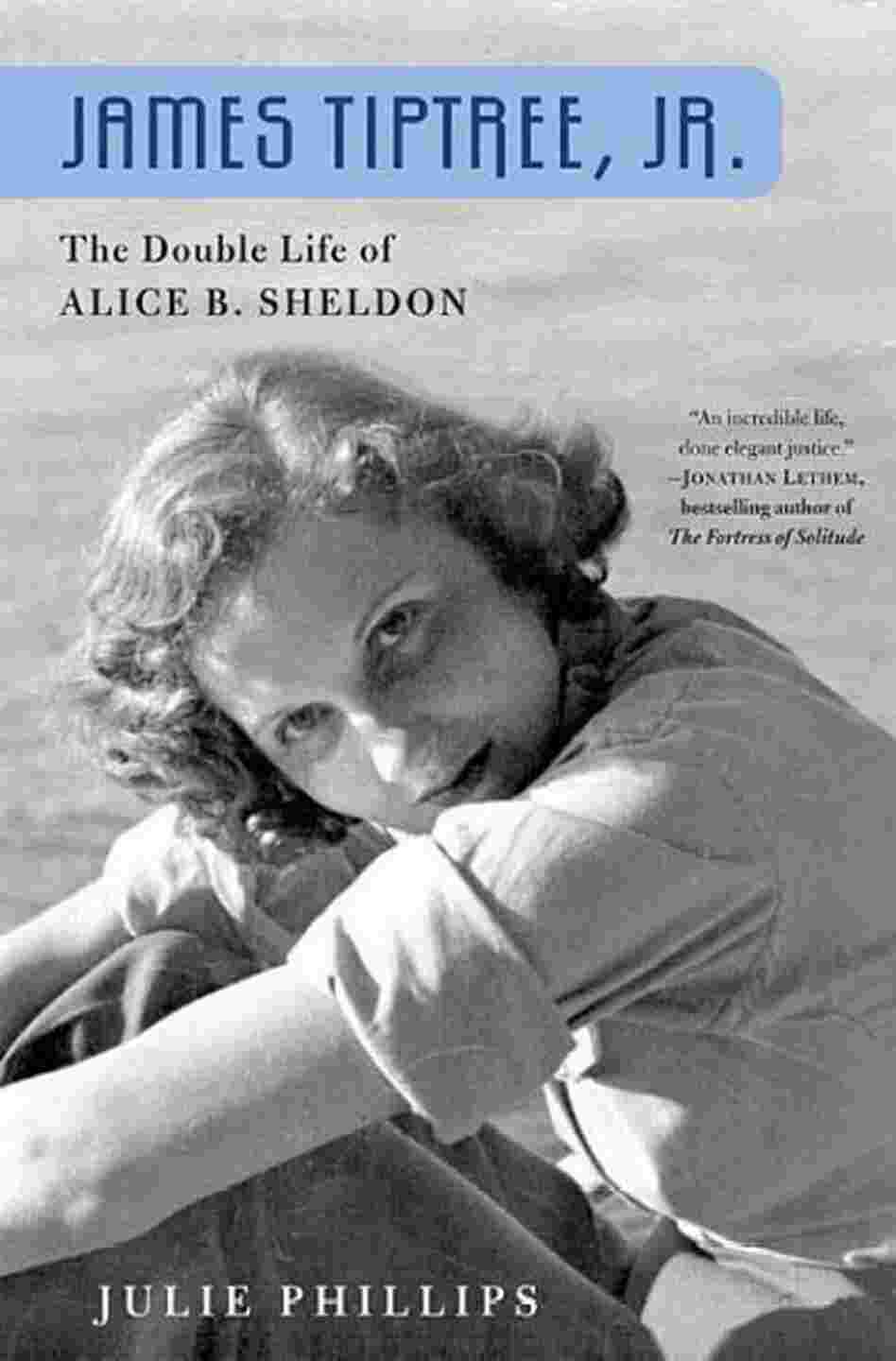 During the 20th century, a number of female writers chose to write under sexually ambiguous names. Harper Lee, Isak Dinesen, Flannery O'Connor, Carson McCullers and Andre Norton, among others, didn't actually pretend to be men, but if biased publishers and readers began reading their work under the wrong impression, where was the harm?
During the 20th century, a number of female writers chose to write under sexually ambiguous names. Harper Lee, Isak Dinesen, Flannery O'Connor, Carson McCullers and Andre Norton, among others, didn't actually pretend to be men, but if biased publishers and readers began reading their work under the wrong impression, where was the harm?Alice Sheldon, however, chose to go whole hog. She saw the name Tiptree on a jar of jam and decided to write her science fiction stories under the name of James Tiptree Jr., keeping her true identity a secret from virtually everyone for a number of years. As biographer Julie Phillips tells in her book James Tiptree, Jr.: The Double Life of Alice B. Sheldon, she flirted with Ursula K. Le Guin and other women by mail, while pretending to be one of the boys with Harlan Ellison, Philip K. Dick and other men in the science fiction community. She fooled them all.
Everyone knew Tiptree was a pseudonym, but interest in who the writer really was became all the greater because his stories were so original, like nothing science fiction fans had never read before. Because Tiptree had a post office box in McClean, Va., some speculated the writer might be a CIA agent. (Both Alli Sheldon and her husband had, in fact, once worked for the CIA.) Someone even thought James Tiptree Jr. might really be Henry Kissinger. A few thought the stories sounded a bit like the voice of a woman, but in other respects they were thoroughly manly.
The secret was revealed in the early 1970s when Tiptree let slip in letters that his mother had died, after previously disclosing she was a former African explorer living in Chicago. It was then a simple matter to check the obituaries in the Chicago papers, where it was found that author and world traveler Mary Hastings Bradley was survived by just one child, a daughter named Alice Sheldon.
Having lost the mask behind which she had written her startling stories, Sheldon's talent dried up, and she wrote only a few stories after that, most of them not very good.
Sheldon suffered from a manic-depressive personality, and she seemed to have conflicting identities within her throughout her life. Although happily married for a long time, she was sexually confused, never quite sure who or what she really was. She also also wrote science fiction as a woman under the name Racoona Sheldon, although these tales were not as well received as Tiptree's.
She had talked about suicide her entire life, and in 1987 she put a gun to her head after first killing her ailing husband.
The biography by Julie Phillips, published in 2006, is well worth reading whether or not one has ever read a James Tiptree Jr. short story.

No comments:
Post a Comment